Unleashing your child’s fine motor prowess doesn’t require fancy equipment or complicated setups. As a matter of fact, these essential fine motor activities for kids can transform ordinary playtime into a developmental goldmine. Our pediatric occupational therapy experts have curated an incredible collection of 31 hands-on activities that’ll have your little ones moving their fingers with newfound precision and confidence. Whether you’re a parent looking to enhance your toddler’s skills or an educator seeking fresh classroom ideas, these activities seamlessly blend learning with pure, unadulterated fun.
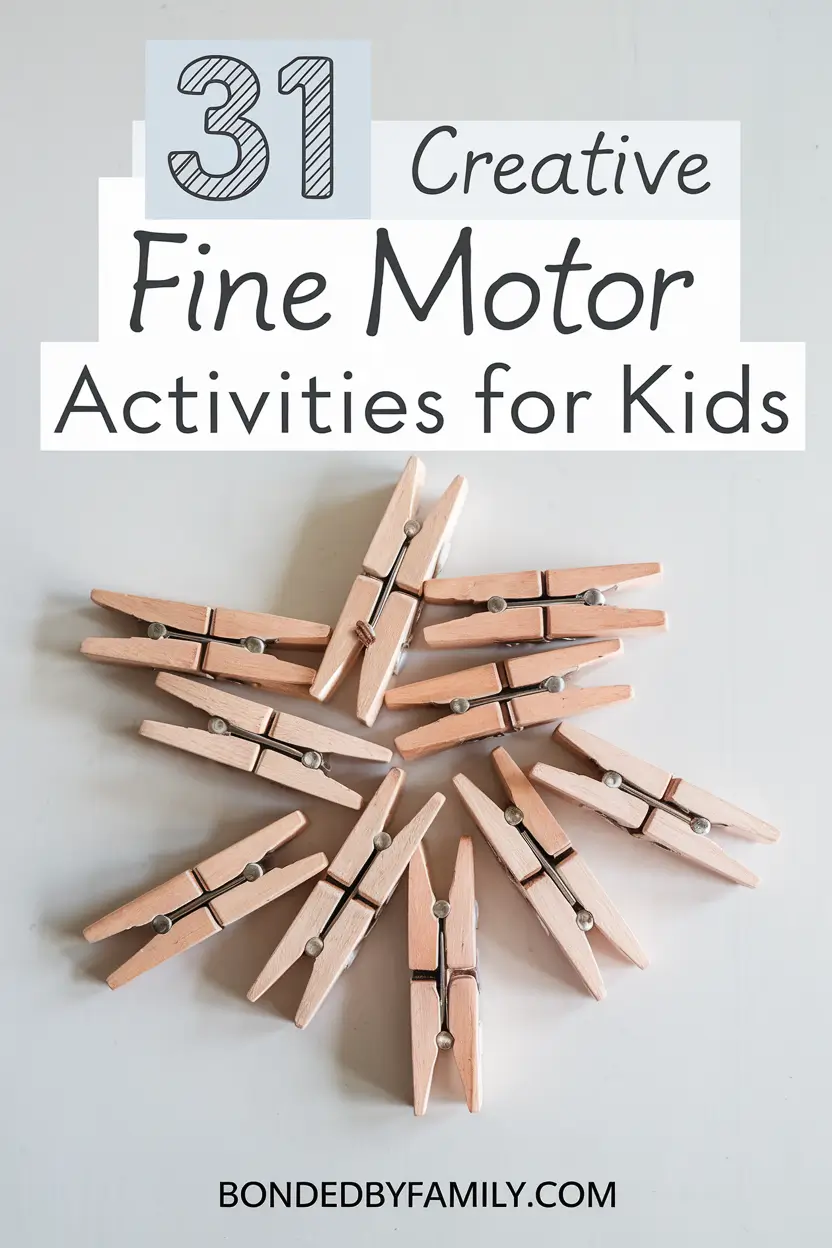
What Are Fine Motor Skills?
Think of those tiny muscle movements that make magic happen – that’s exactly what fine motor skills encompass. These specialized movements, particularly in fingers and hands, lay the groundwork for life’s everyday victories. From mastering the art of buttoning up a favorite shirt to wielding a pencil with confidence, these skills shape your child’s journey toward independence. Want to supercharge your little one’s development? Weaving these activities into your daily routine works wonders, especially when complementing professional occupational therapy sessions. Ready to dive into some seriously fun finger-focused adventures?
1. Peeling and Placing Stickers
Transform an ordinary sticker session into an engaging challenge by dotting your kiddo’s clothes or hands with stickers, then watch them work their magic peeling them off. Kick things up a notch by creating a target-practice paradise – sketch open circles on paper and let them aim those stickers with laser-like precision. This seemingly simple task actually mirrors the same finger finesse needed for tackling buttons, while the whole targeting game builds those crucial hand-eye coordination skills that’ll serve them well when dressing becomes more complex.

2. Stringing Cheerios
Start your threading journey with something sturdy – grab a pipe cleaner or uncooked spaghetti strand and let the Cheerio parade begin! Once they’ve mastered that, graduate to string for an extra challenge. This activity is like a tiny training ground for zipper mastery, teaching those little hands to work in perfect harmony while developing the precision needed for more complex tasks.
3. Ripping or Crumpling Paper
Let’s turn paper destruction into artistic creation! By ripping paper into tiny bits for a mosaic masterpiece, your child unknowingly strengthens those vital hand muscles. This two-handed symphony of tearing and placing mimics the same movements needed for managing snaps on clothing – talk about practical practice!
4. Placing Coins in a Piggy Bank
Turn saving money into a skill-building adventure! This activity sneakily teaches precise finger control as kids pinch and place coins into slots. Want to level up? Have them sort and stack coins first – it’s like a mini master class in handling small objects with care, perfect preparation for managing everything from toothpaste caps to water bottle lids.
5. Attach Clothespins to Board Books
Here’s a crowd-pleaser that never fails to delight: transform ordinary board books into standing attractions by clipping clothespins as makeshift legs for characters. This activity brings stories to life while building hand strength – now that’s what we call a page-turner!
6. Attach Clothespins to Clothing
Take the clothespin challenge mobile by turning your little one into a walking puzzle. Clip those pins to their clothes and watch them become detectives, hunting down and removing each one. Try it without mirrors to boost body awareness – it’s like a full-body game of hide and seek that prepares them for independent dressing. This exercise doubles as scissor-skill preparation, and when they use that perfect thumb-and-fingers grip, they’re secretly practicing proper pencil handling too!
7. Classic Sidewalk Chalk
Never underestimate the power of sidewalk chalk! This budget-friendly wonder tool, often found at dollar stores, opens up a world of artistic possibilities while secretly strengthening those crucial hand muscles. As your little artist creates masterpieces on the sidewalk, they’re building coordination skills in the fresh air – and making memories that’ll last far longer than their temporary concrete canvas.
8. Threading and Lacing
Turn your child into a master of precision with this engaging activity that feels more like play than practice. Start them off with chunky beads and gradually introduce smaller challenges as their confidence grows. Mix it up with creative alternatives – thread Cheerios onto pipe cleaners or transform pasta into jewelry. This activity builds both concentration and coordination, setting the stage for tackling more complex tasks down the road.

9. Making Putty Figures
Let’s get hands-on with putty! Whether your little one’s just starting to squish and squeeze or ready to craft detailed figures, this versatile material offers endless possibilities for strengthening those small hand muscles. Hide treasures like coins or beads inside to add an element of discovery to their strengthening session.
10. Pick Up Sticks
Revive this classic game with a twist! Scatter the sticks and challenge your child to become a precision expert, using different finger combinations for each pickup attempt. It’s like finger gymnastics disguised as a game, helping develop the kind of precise control they’ll need for everything from writing to crafting.
11. Popping Bubbles
Who knew chasing floating spheres of joy could be so beneficial? Turn bubble-popping into an engaging finger workout that’ll have your little one giggling while developing crucial skills. Let them experiment with different popping techniques – a single-finger jab, a gentle pinch, or even a full-handed grab. Each approach builds different aspects of hand control, and the best part? They’re having too much fun to realize they’re learning!

12. Sorting Coins or Beads
Transform sorting into a captivating treasure hunt! Scatter various coins or colorful beads across your workspace and watch as your little sorter becomes engrossed in grouping similar items together. An ice cube tray makes the perfect sorting station, creating natural compartments for different categories. This activity sneakily strengthens those tiny hand muscles while teaching classification skills – it’s like running a miniature bank or jewelry store!
13. Peel a Banana
Here’s a tasty way to build hand strength! Guide your little one through the art of banana peeling, teaching them the delicate balance between holding firmly and pulling gently. While you might need to start the peel, let them take charge of finishing the job. It’s a perfect introduction to managing opposing forces with their hands – plus, there’s a delicious reward waiting at the end!
14. Twist open small containers for snacks
Let’s turn snack time into skill-building time! Those small containers with twist-off lids aren’t just convenient – they’re actually mini hand-strengthening tools in disguise. The twisting motion engages the entire hand, building strength and coordination while working toward a motivating goal: getting to the goodies inside!
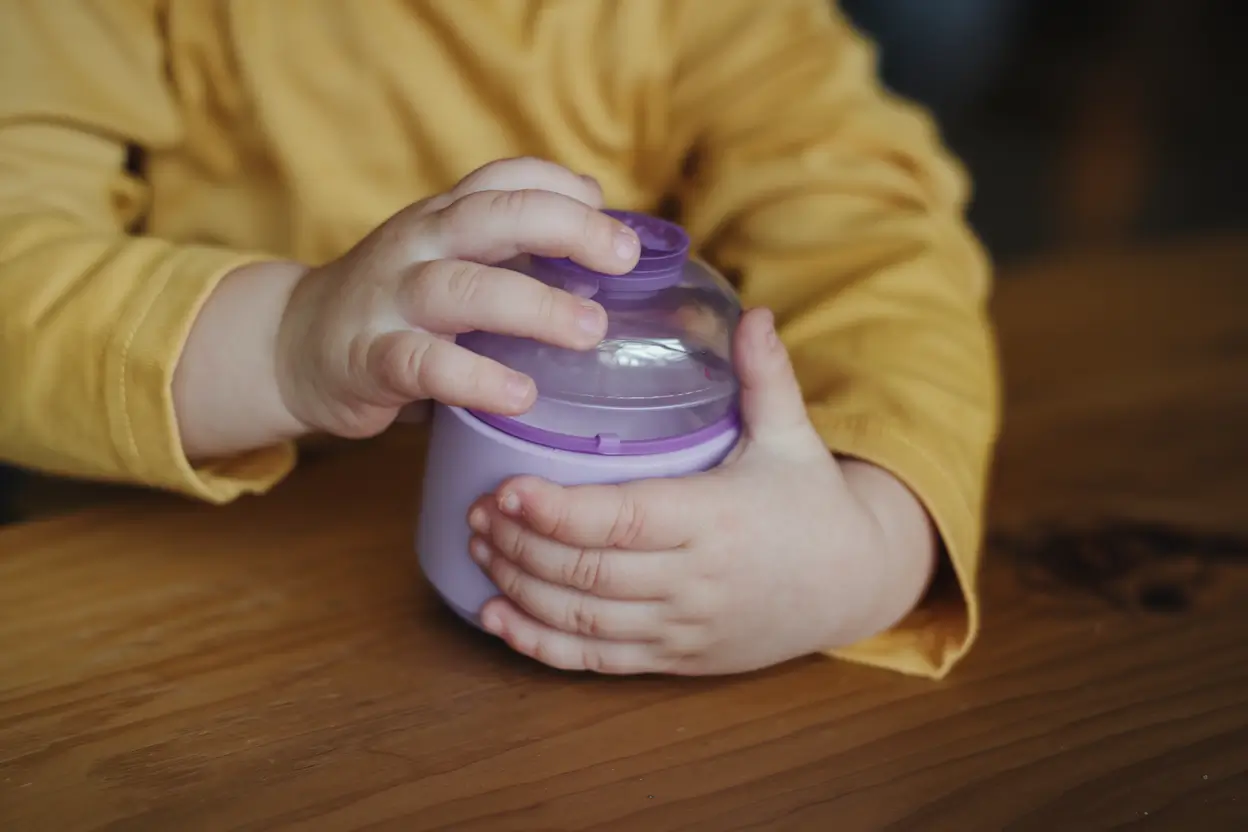
15. Use Hefty storage bags to store toys, markers, crayons, etc.
Sliding storage bags aren’t just for keeping things organized – they’re actually fantastic fine motor tools! The ridged slider mechanism offers the perfect amount of resistance for little fingers to practice their pinching skills. Unlike traditional zippers, these are more forgiving and provide instant success, boosting confidence while building strength.
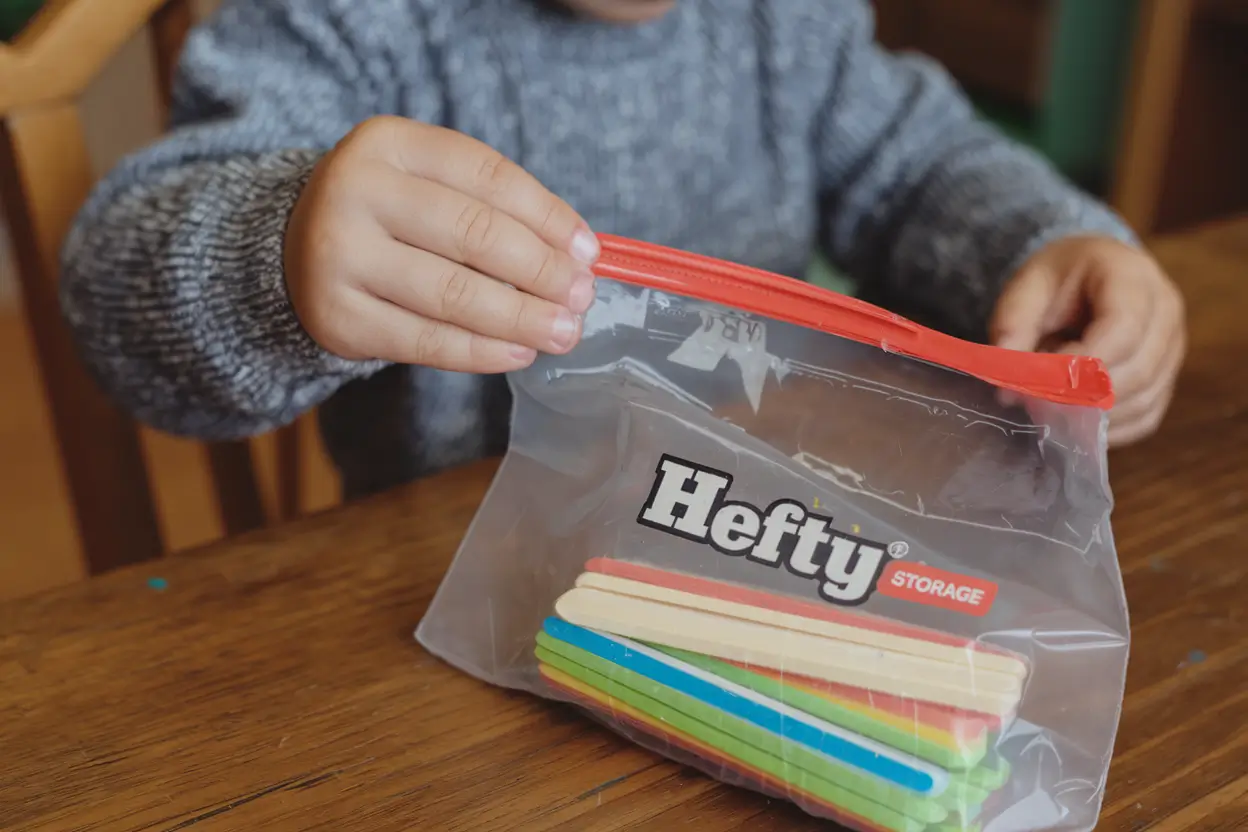
16. Sharpen Pencils with a mechanical sharpener
While electric sharpeners might be quick and efficient, there’s hidden magic in those old-school manual sharpeners. The combination of holding the pencil steady while turning the crank creates a complex movement pattern that develops multiple skills simultaneously. Yes, it takes longer than the electric version, but those extra moments are pure gold for developing hand strength and coordination.
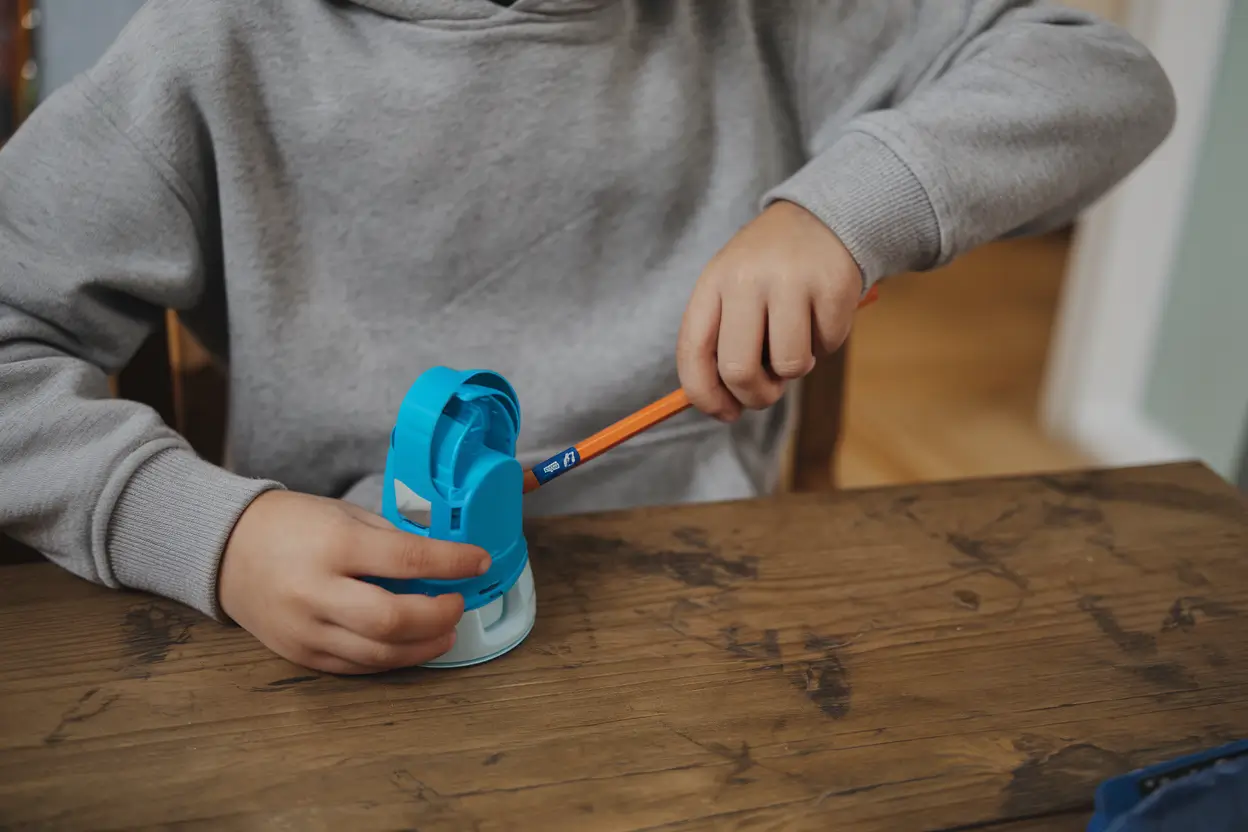
17. Use Markers to color and draw
There’s more to markers than just making colorful masterpieces! The simple act of pulling off and pushing on those caps until they click provides a satisfying sensory experience while strengthening hand muscles. Each pop signals success and builds confidence in handling small objects with just the right amount of force.
18. Make “snowballs” out of recycled paper
Turn yesterday’s news into today’s motor skill practice! Crumpling paper requires surprisingly complex hand movements and different types of paper offer varying levels of resistance. Magazine pages provide an easier starting point, while construction paper offers a more challenging workout. Challenge your little one to make the tightest snowball possible – it’s like strength training for those tiny fingers!
19. Tear paper into small pieces
Master the art of controlled paper tearing! Instead of random ripping, teach your child the “kissing fingers” technique – pinching the paper so their fingertips meet at the top, then pushing with one hand while pulling with the other. For beginners, try making small starter cuts in the paper. Soon they’ll be creating confetti-like pros!
20. Tear tissue paper and pinch into small balls
Here’s a challenge that builds patience along with motor skills. Guide your little one to create increasingly tighter balls of tissue paper, encouraging multiple squeezes rather than settling for a quick scrunch. Once they’ve created their collection of tiny spheres, the fun continues – use them in crafts, sorting games, or pattern-making activities!
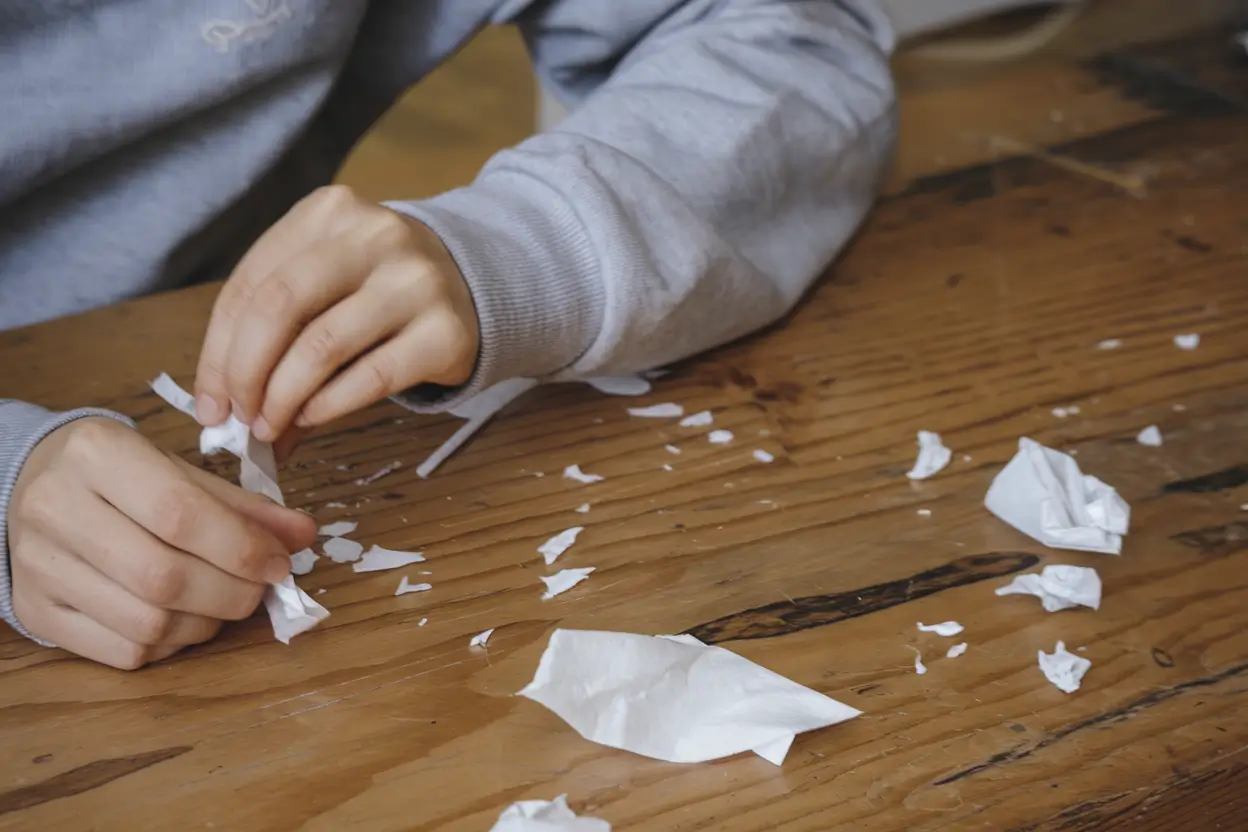
21. Use clothes pins or chip clips
Transform ordinary clips into learning powerhouses! These simple tools pack a serious punch when it comes to finger strength development. Watch as your little ones master spelling, memorize phone numbers, and recognize colors – all while strengthening their grip. Create an art gallery using string and clothespins, letting them practice while showcasing their masterpieces.
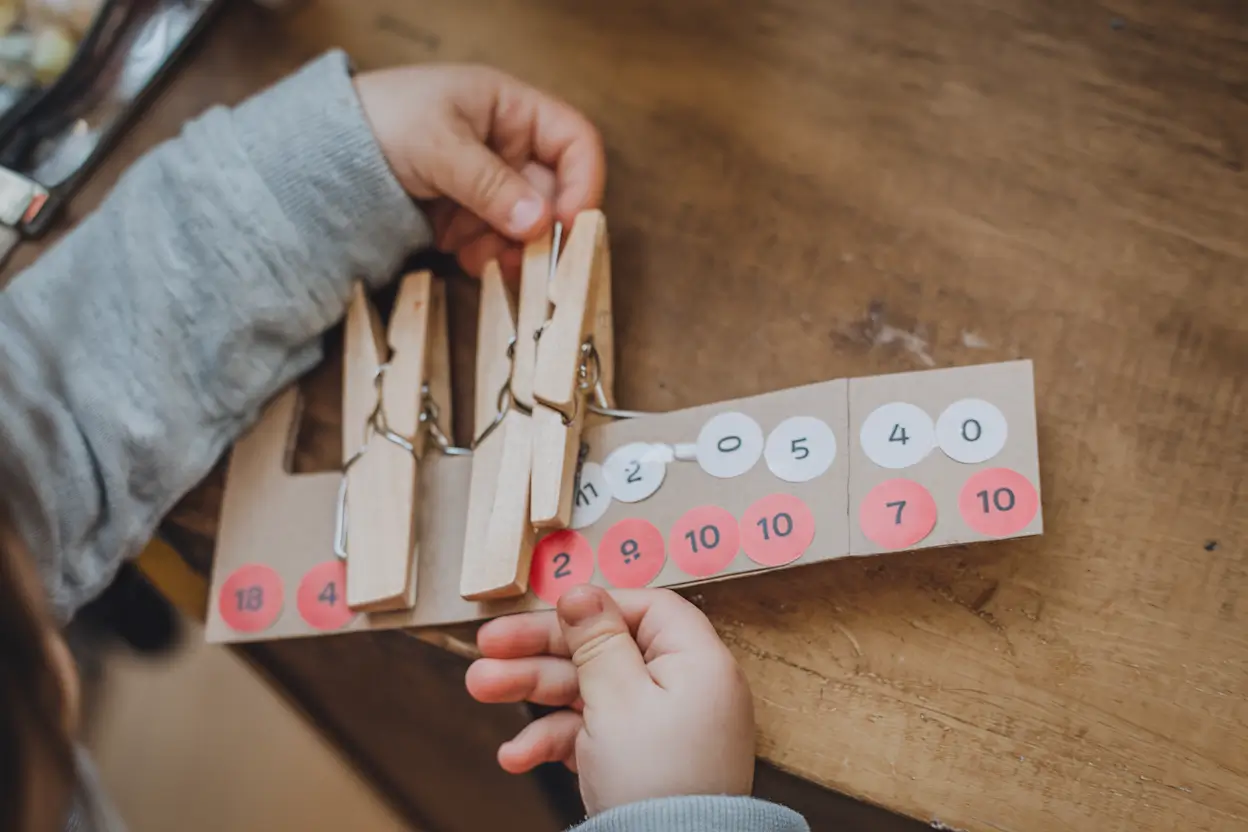
22. Make homemade play dough
Whip up a batch of squishy fun in your own kitchen! Once you’ve created your masterpiece, the real adventure begins. Let those little hands explore endless possibilities – from snake-making to shape-cutting. Don’t worry if you’re short on cookie cutters; everyday items like forks, spoons, and even toy cars make fantastic texture tools. Your child’s imagination is the only limit here!
23. Cut pictures apart and then glue or tape them back together
Turn those empty snack boxes into puzzle-making opportunities! The slightly thicker cardboard offers just the right resistance for developing scissors skills, while the familiar, colorful images make reassembly more engaging. It’s like creating and solving puzzles all at once – twice the fun, double the learning!
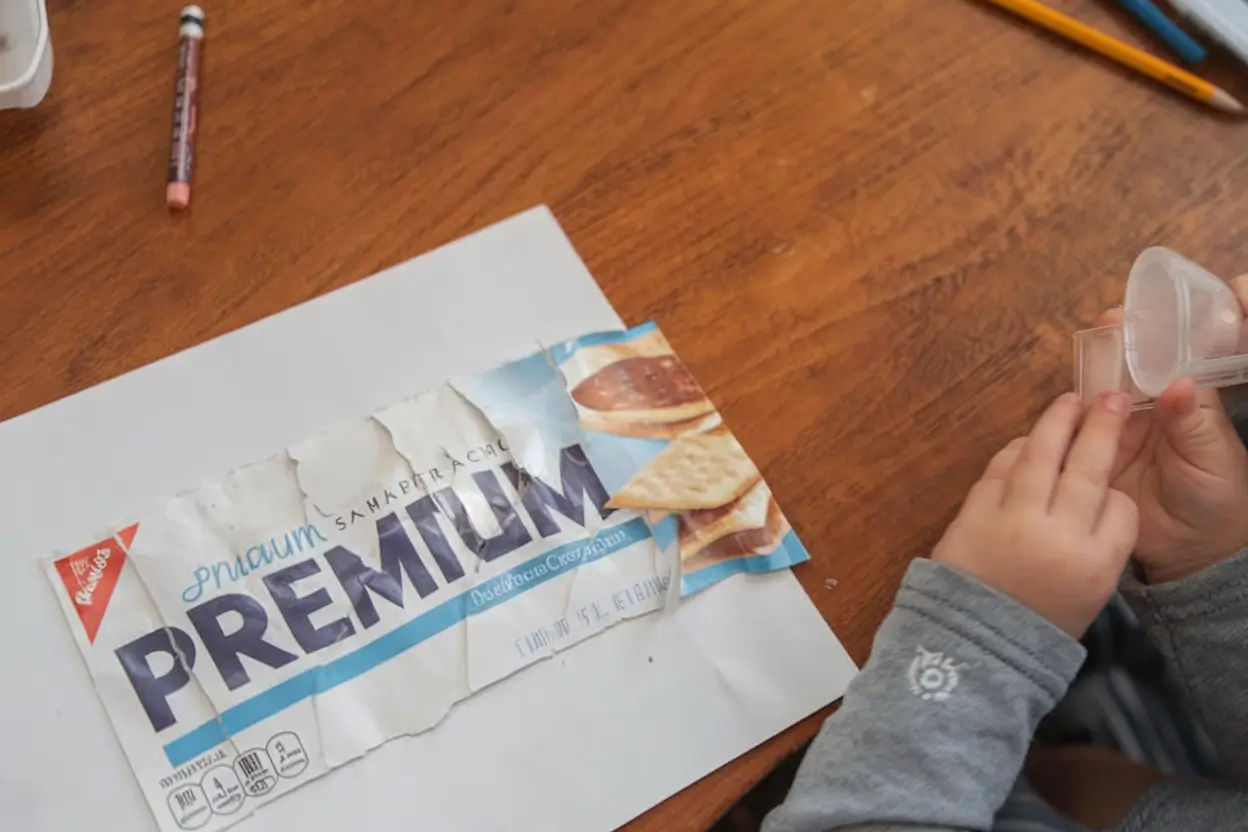
24. Pull apart cotton balls
Welcome to cloud-making 101! This activity requires a surprisingly delicate touch – encourage your little ones to use gentle pinches rather than mighty grabs. Watch as they discover that less force often yields better results. It’s like teaching them the art of gentle strength, one fluffy cloud at a time.
25. Using painter’s tape, make a roadway for toy cars
Unleash creativity with the versatile wonder that is painter’s tape! Let your child become the master tape-puller while you control the resistance by adjusting your grip on the roll. This activity secretly encourages backward walking – another developmental milestone. When playtime’s over, transform cleanup into an additional activity by having them roll the peeled tape into sticky spheres.
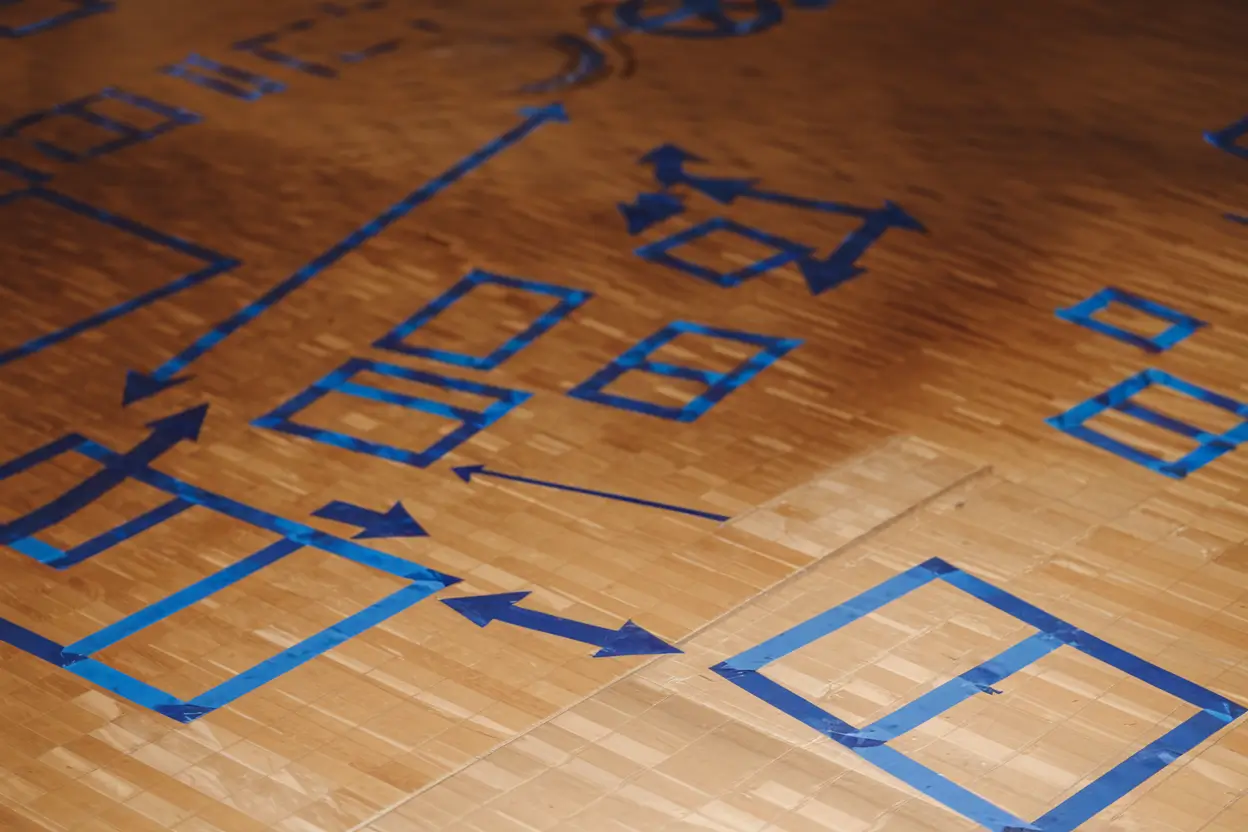
26. Cut plastic straws
Turn ordinary straw-cutting into an exciting game of unpredictability! Each snip sends pieces flying in random directions, adding an element of surprise that keeps kids engaged. After the cutting carnival, extend the fun by threading those straw pieces onto pipe cleaners or string, creating unique jewelry that showcases their hard work.
27. Cut a sponge into 1-inch pieces
Here’s a clever way to build proper pencil grip strength! Those small sponge pieces become versatile tools for painting adventures or miniature cleaning sessions. Watch as your little ones transform into car wash operators, using their sponge pieces to clean their toy vehicles. For an architectural twist, combine these sponge bits with toothpicks to create unique structures!
28. Screw nuts onto a bolt
Raid the toolbox for this engaging activity! Start with larger carriage bolts to make the task manageable for little hands. Turn it into a counting game or pattern-making exercise by using different colored nuts. Add marks with a sharpie to create specific targets or patterns – suddenly, hardware becomes an educational toy!
29. Fill A squirt bottle with water
Transform ordinary water play into a strength-building activity! Let your children loose with squirt bottles in the backyard, creating their own water shows. During winter months, add food coloring to create magical snow art. This activity builds hand strength while providing endless seasonal entertainment possibilities.
30. Put dirty laundry in and out of the washer and dryer
Turn everyday chores into powerful learning moments! In a busy household, laundry becomes an ongoing opportunity for development. The act of transferring clothes between machines builds strength and coordination while sorting and matching skills get a workout too. It’s like having a mini gym session while helping with household tasks!
31. Clean rocks using a toothbrush
Create your own backyard archaeology program! Send your young explorers on a mission to find interesting rocks, then set up a cleaning station with toothbrushes. This activity naturally appeals to different age groups – from toddlers to older children – each approaching the task with their own level of detail and dedication.
Not Sure Which Fine Motor Activity to Start With?
Don’t get overwhelmed by choices – there’s no wrong way to begin this journey! Take a casual look through these suggestions and pick whatever catches your eye or matches your available materials. While involving your child in the selection process can boost engagement, it’s equally fine to surprise them with an activity you’ve chosen. Remember, any extra hand movement is a step in the right direction!
The beauty of these activities lies in their flexibility. If something proves too challenging, simply switch to another option that better matches your child’s current abilities. Every squeeze, pinch, and twist contributes to their development, so celebrate each attempt as progress. The key isn’t perfection – it’s creating opportunities for growth through play.
Remember that fine motor development is a marathon, not a sprint. Each child progresses at their own pace, finding their own favorite activities along the way. The most important ingredient in any of these activities isn’t the materials or the method – it’s the fun and engagement that keeps them coming back for more. So go ahead, pick an activity, and watch those little fingers grow stronger and more skilled with each passing day!